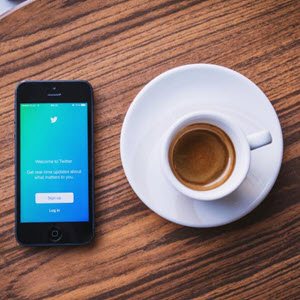Defining Your Differentiator
Now that you've done your homework, researching your competition, I'll talk about your app's feature set. Mimicking the same features as similar apps won't propel your sales ahead of the pack. You have to offer something more, something better than the existing solutions.
What can your app do that makes it better than the rest of your competition? If you're building a parked-car finder app, what makes your app different from the others? You need to define one or more unique differentiators that make your app stand a cut above similar apps.
Upon reading customer reviews, you've discovered that some of the apps that track the remaining time left on a parking meter do not (yet) support the ability to notify the user with a reminder alert before their meter expires. If none of the other apps offers this functionality, then parking meter time notifications would be a nice differentiator to add to your own app, especially since many customers have already requested this feature.
Say you're meeting your friends at the mall and you want to let them know your exact location without having to call or text them all individually. If your competitors aren't addressing this potential convenience, then enabling your app to broadcast your current map location to your friends via Twitter, email, or Facebook with a single button click could prove to be a great differentiator.
Basically, your differentiators should be exciting enough that when promoting your app, these unique features make the purchase decision very easy for people who are evaluating your app along with several other similar apps. If users want that differentiating feature and no one else has it, then buying your app becomes a no-brainer.
But you can't stop there. Sooner or later (usually sooner than you'd like), your competition will add those same features to their apps to remain competitive. And they'll probably "one-up" you with a few new features of their own, forcing you to come up with some new differentiators in subsequent updates to ensure that people remain interested in your app.
Having multiple differentiators defined, along with a loose road map of new features you plan on adding to future versions, will help keep your app relevant and competitive. For example, earlier versions of the iPhone OS did not support a landscape keyboard in Mail, Notes, and Messages. To satisfy the demand for easier two-thumb typing, a slew of wide keyboard apps flooded the App Store, offering the ability to type emails and notes in landscape mode. Many of those apps were one-trick ponies with the landscape keyboard being their only key selling point. When iPhone OS 3.0 added landscape keyboard support to Mail, Notes, and other built-in Apple apps, it instantly invalidated the usefulness of many of those one-function apps. The ones that survived were the apps that still had something unique to offer, such as syncing notes with Google Docs, organizing notes into groups, posting notes to Twitter, and so on.
Just keep in mind that the more features you add, the more streamlined and intuitive your interface design needs to be, especially on a small mobile screen. After several updates, if your app begins to feel bloated and cluttered, then it is failing its primary objective, which is to provide an easy-to-use mobile experience. Take a look at atebits' popular Twitter client, Tweetie. The developer, Loren Brichter, continues to add dozens of new features with every release while spending a great deal of time simplifying the UI design so that additional features never interfere with enjoying the app's core Twitter functionality. Each new feature he implements serves to further empower the user without diminishing the app's usability.
Continue reading here: Whats in an App Name
Was this article helpful?

